Reflections on Yom HaShoah in Berlin
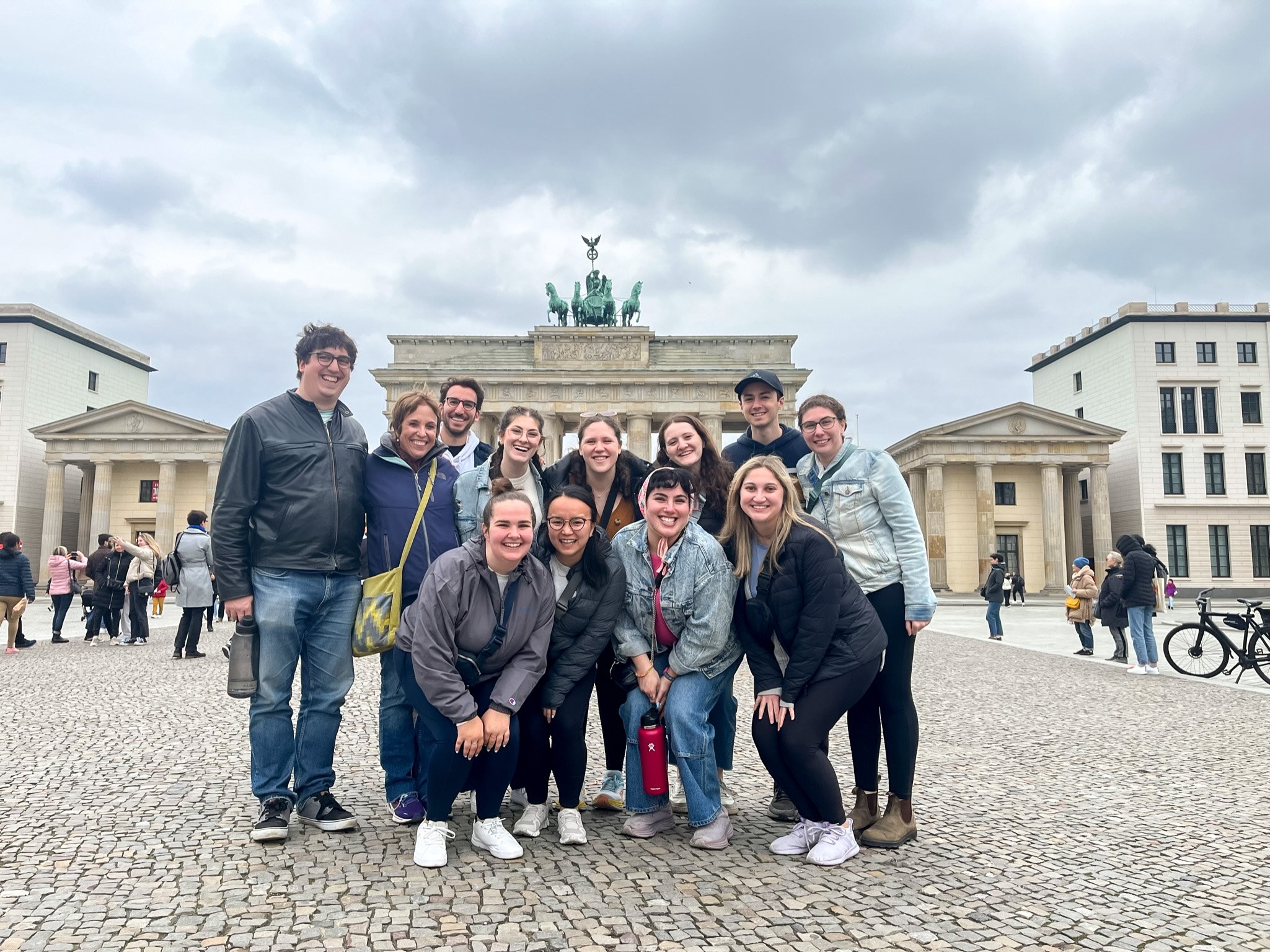

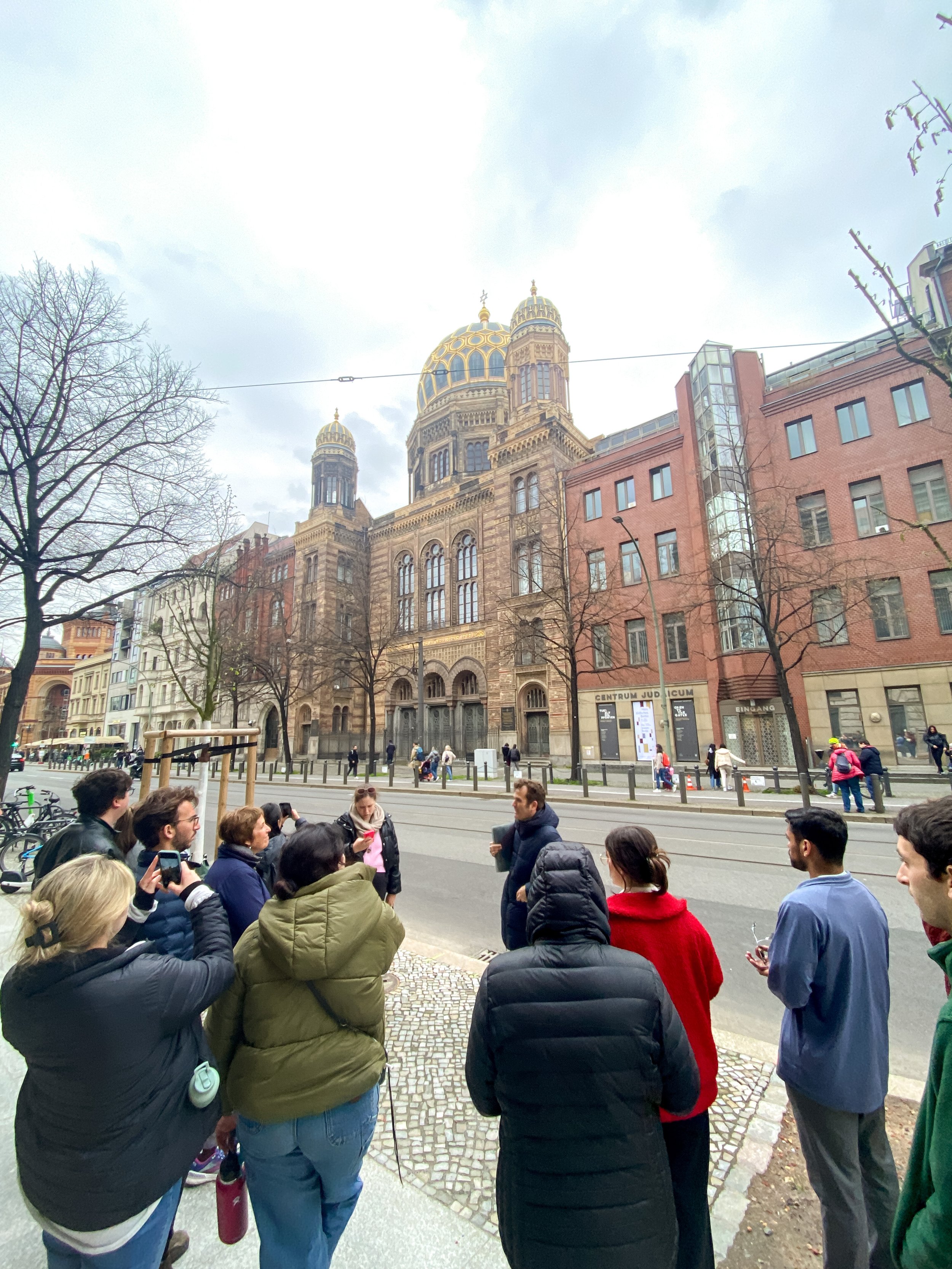
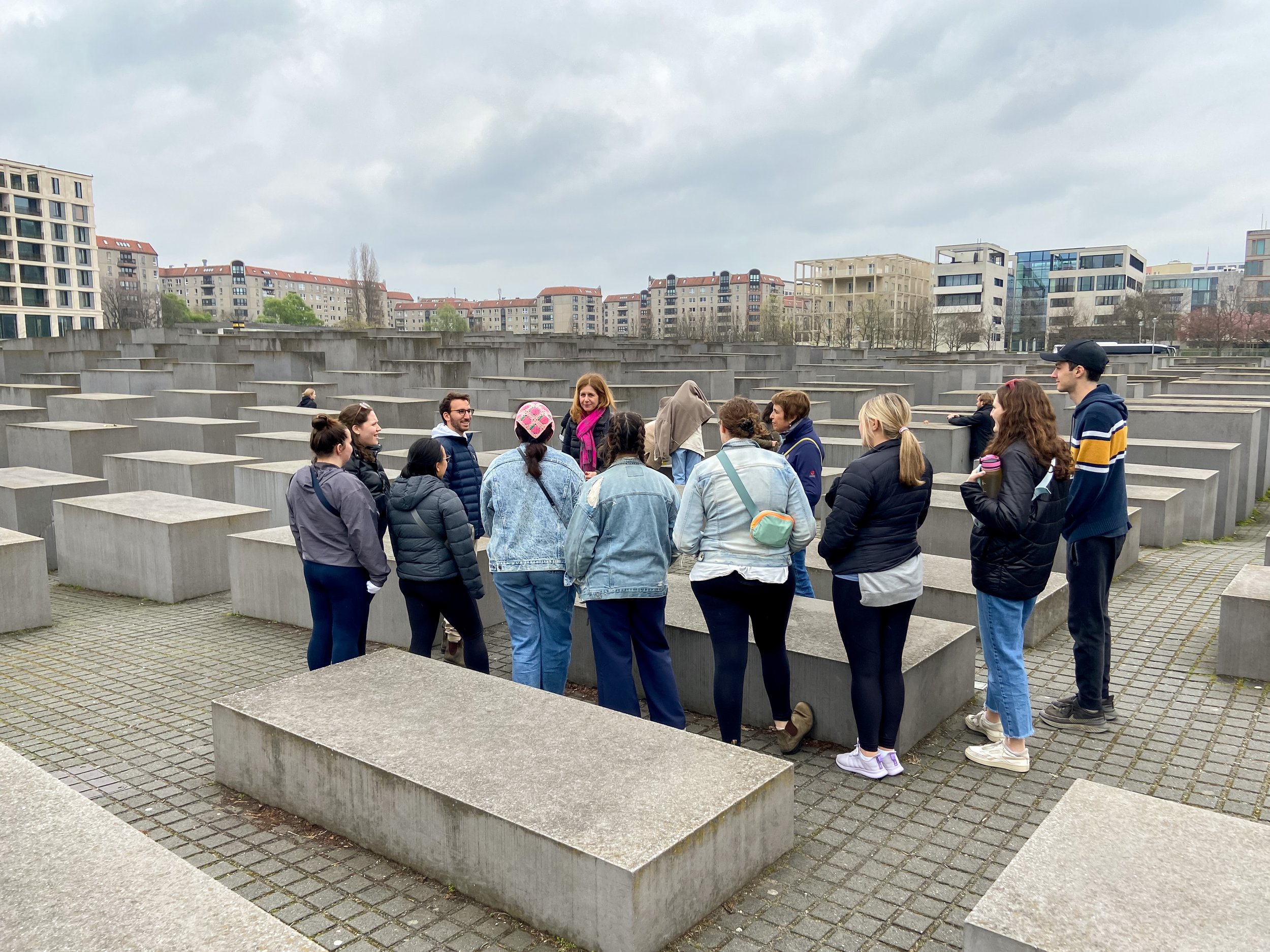
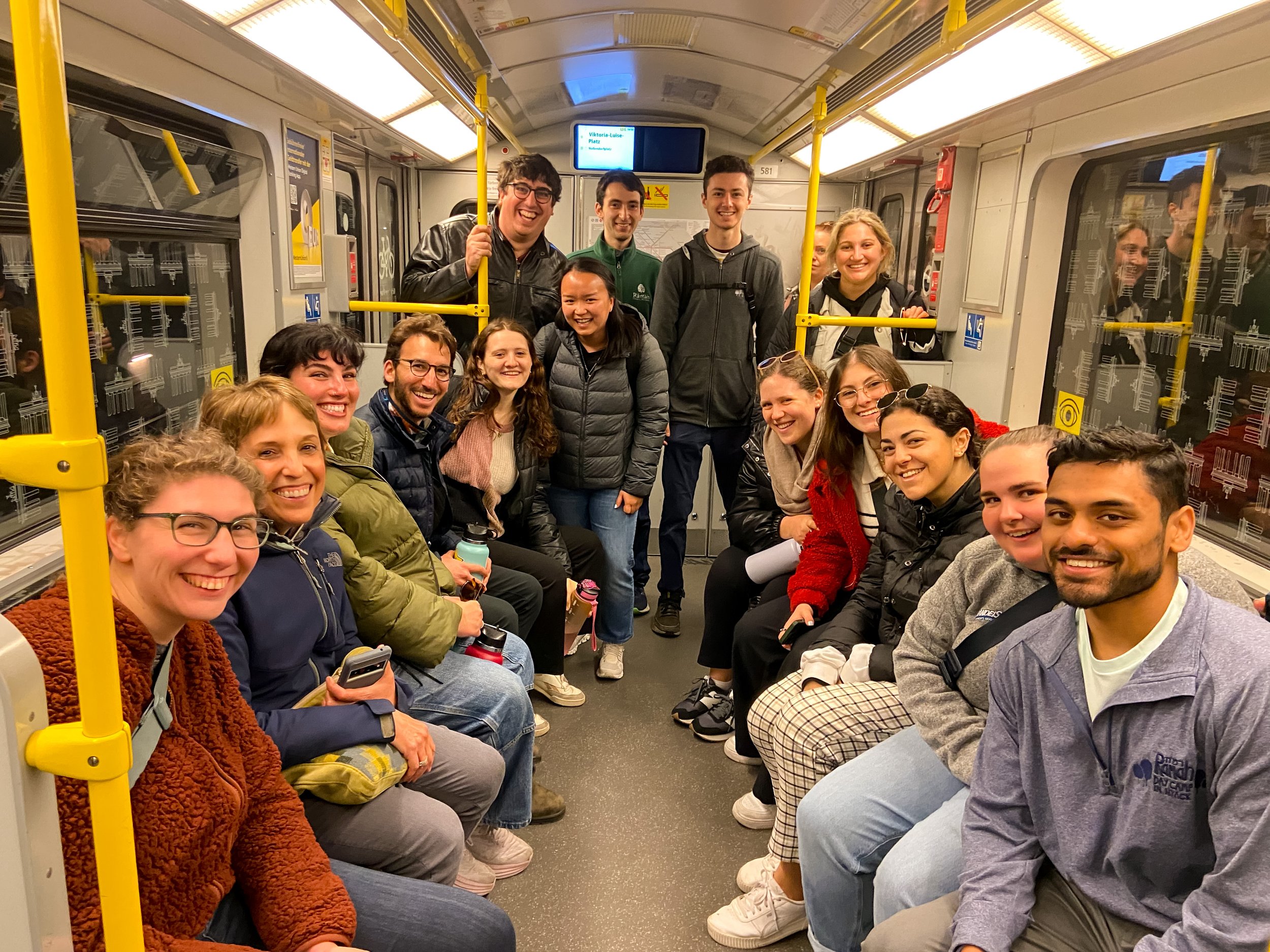
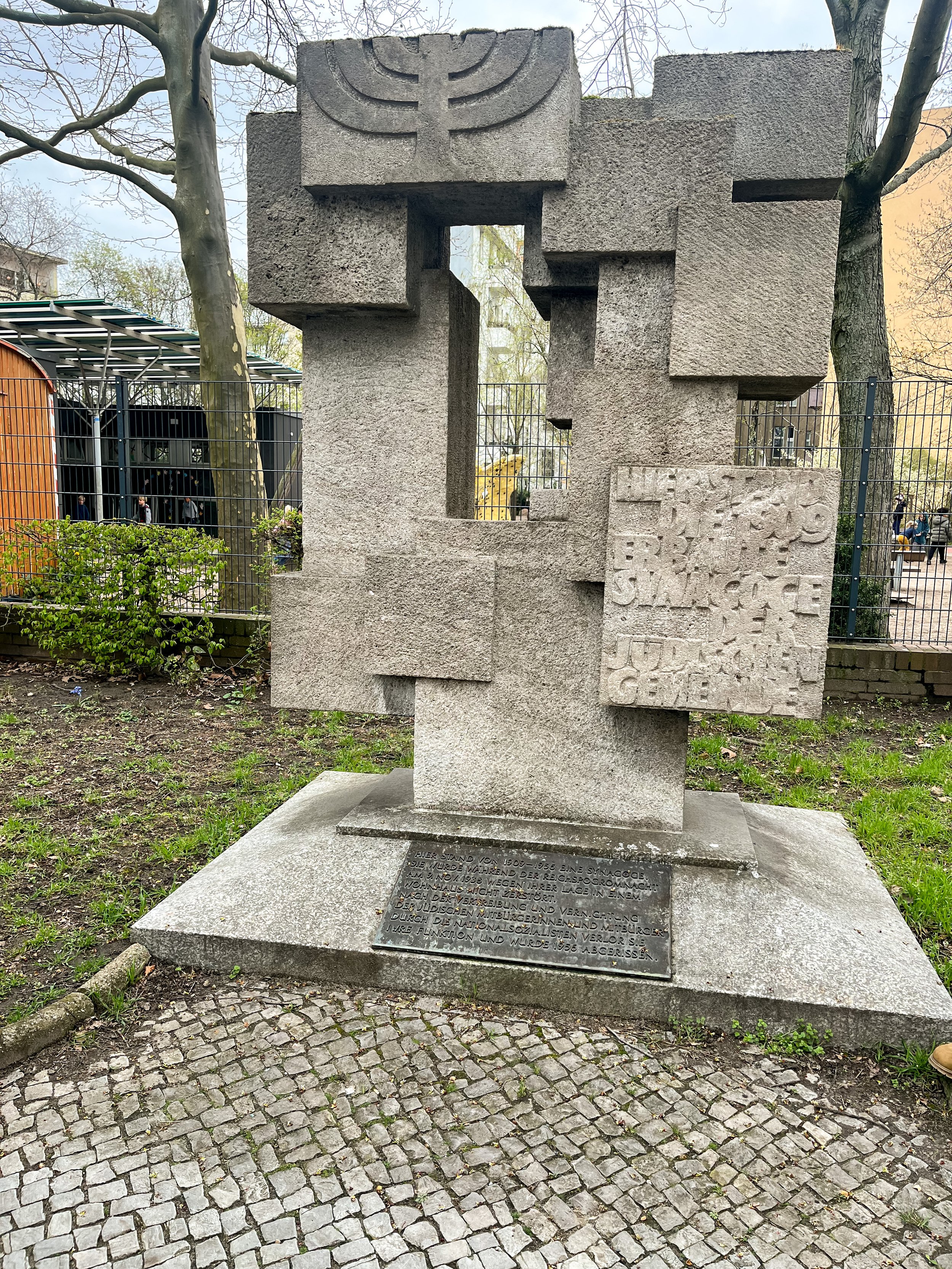
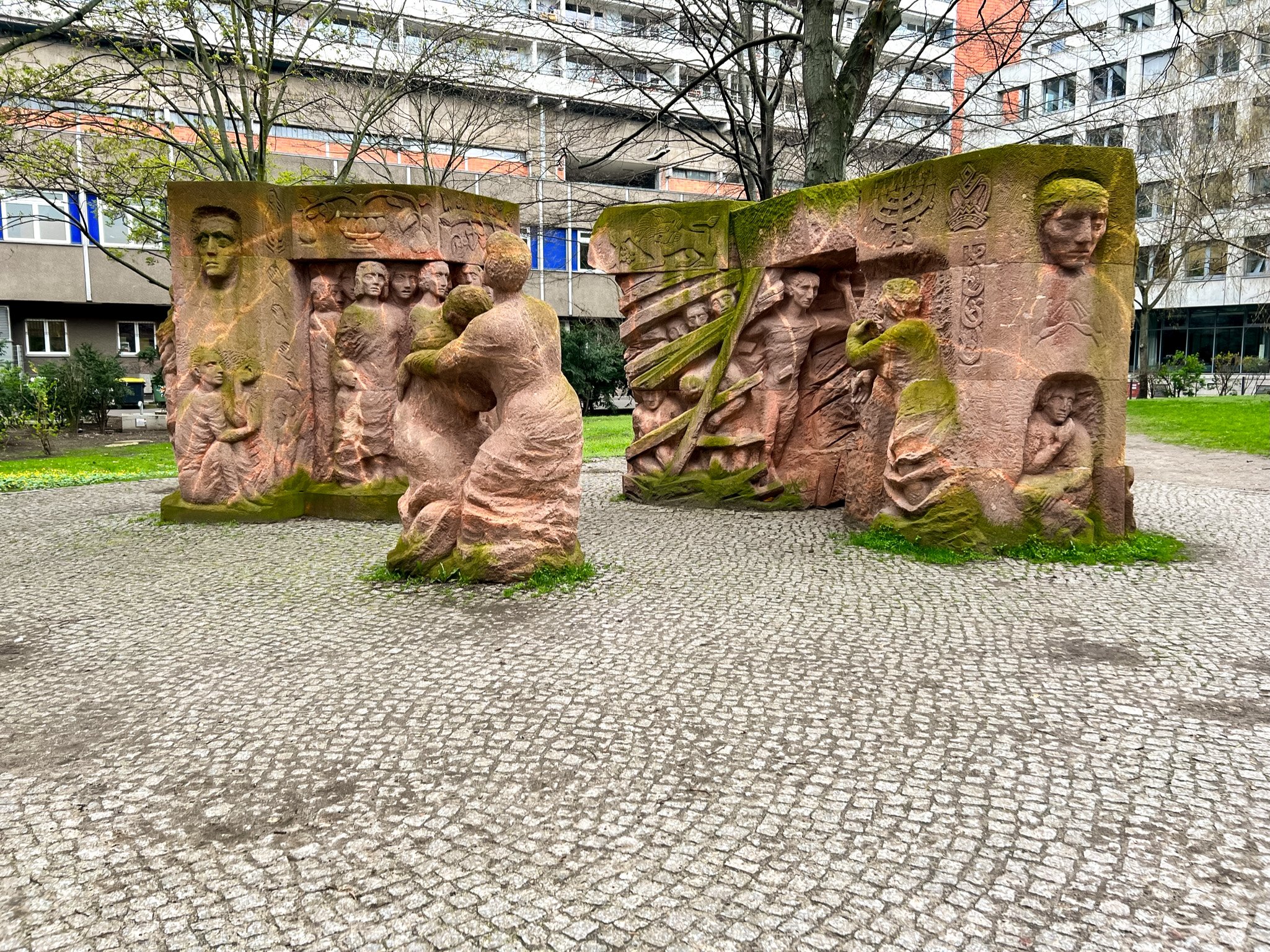

The Kerem cohort of young professionals working year-round for Ramah camps visited Berlin over Yom HaShoah. It was an incredibly moving experience. We saw firsthand how a Jewish community rebuilds itself after tragedy. We encountered the vitality of Masorti Judaism with visits to the Oranienburger Strasse Synagogue and the Masorti International School. We learned how the Berlin Jewish community has welcomed and embraced refugees coming to Berlin from Ukraine. And we commemorated Yom HaShoah with visits to physical memorials and remembrance ceremonies. We then traveled to Israel together, where we are currently helping to lead training for the 300+ shlichim and shlichot coming to work at our camps this summer.
Supported by the Morton M. & Miriam Steinberg International Travel Fellowship
Here are reflections from three Kerem participants about the impact of our time in Berlin:
Dina Greenberg, Assistant Director, Ramah Day Camp in Chicagoland
Berlin embodied a tension between, on the one hand, a vibrant, hectic city; and on the other hand, a haunted place. This came to life for me during Shacharit at the Oranienburger Strasse synagogue on the morning of Yom HaShoah. The perpetrators of the Holocaust did not want to see Jews continue to pray and thrive. And yet, here we were, davening the same words and singing the same tunes of generations of the Jewish people in an active synagogue.
Making the tefillot even more meaningful was the presence of a Jewish woman from Ukraine, who came to Berlin within the last year as a refugee of war and became part of their community. It was also comforting for me to experience these tefillot in the familiar embrace of Ramah colleagues.
Noah Averick, Staff Recruitment and Experience Coordinator, Camp Ramah in the Poconos
It was remarkable to see the variety of ways Berlin remembers the Holocaust. Memorials took on multitudes of forms including museums, large sculptures, street signs, detailed artwork, and ceremonies. Prior to this trip, my knowledge of Berlin mostly consisted of war and soccer; however, after visiting I was able to see the city in an entirely new light: as a place actively engaged in positive change, remembrance, and innovation.
We concluded our visit by attending a service and candle lighting ceremony as Yom HaShoah was ending. Completing our trip there gave us the opportunity to remember the Holocaust in one of the most traditional ways: gathering together as a people. I am extremely thankful for the unique and meaningful opportunity Ramah has provided me, and hope to use this to grow as both a Jewish educator and individual.
Sami Eisen, Program Director, Camp Ramah in Canada
In Berlin, we attended the JCC’s Yom HaShoah ceremony. After learning about the history of Jews in Berlin before, during, and after the Holocaust, taking part in a ceremony that looked at how the Jewish community rebuilt itself and continues to grow, was inspirational.
The transition from Berlin to Israel took all of five hours physically. Mentally, it took much longer. Going from Berlin on Yom HaShoah, to a room of over 300 excited, energetic, and passionate shlichim and shlichot in Israel was a 180 degree turn-around.
Going through this experience with other young Jewish professionals from across the Ramah movement helped strengthen our Jewish identities, our connections to global Jewish communities, and our sense of community with other Jewish leaders.
